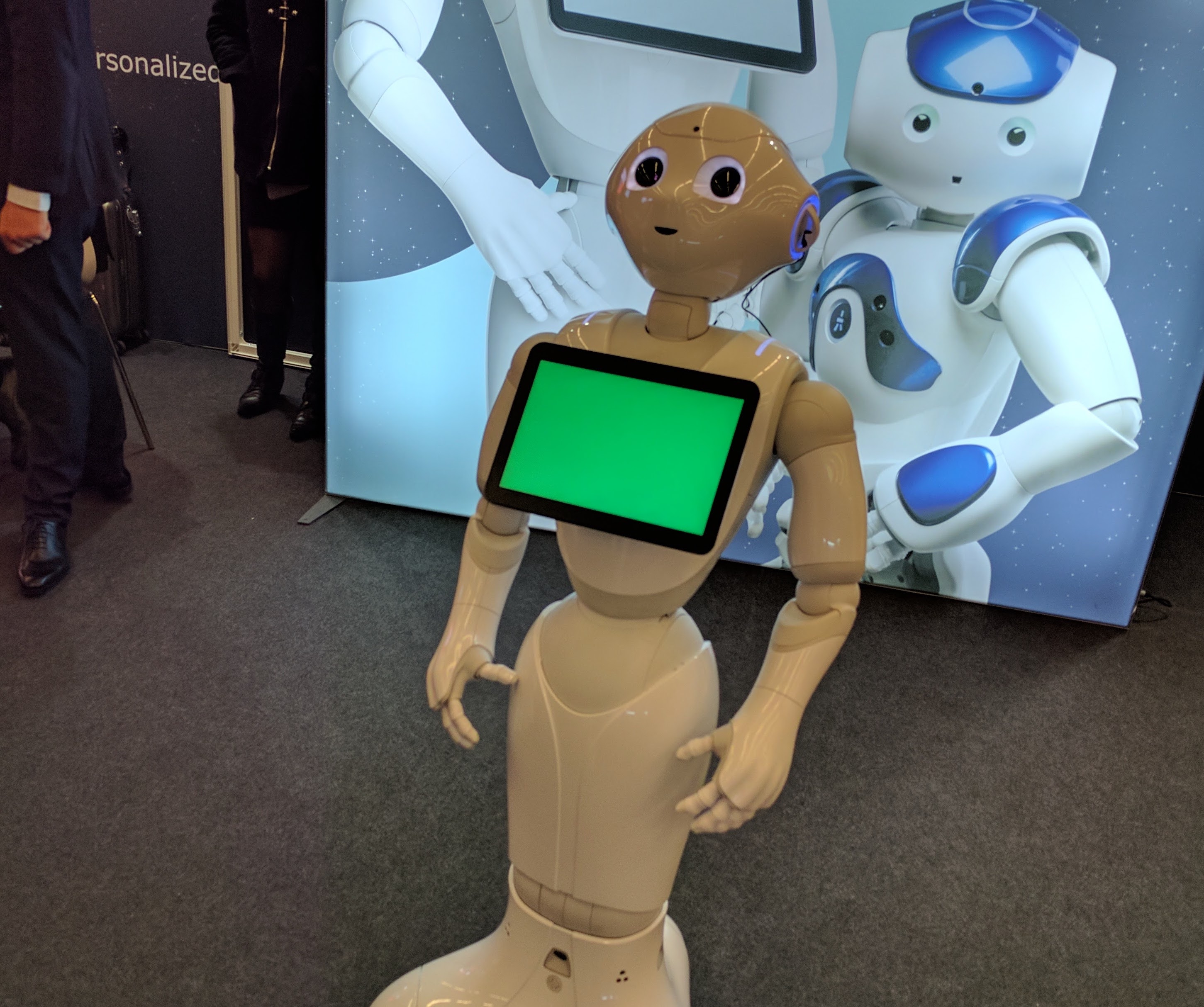
AI is no longer about science-fiction and the future. It’s here now and it’s already impacting the AV industry
AI is all around us. Both Google Home and Amazon Echo aim to make our houses smarter, while in the workplace we can expect to see more and more AI integrated into our daily tasks. AR is making great strides in the consumer space, in our mobile lives in particular, and we can expect this to start to infiltrate the business workplace in the coming year.
First of all, let’s take a look at what we mean by ‘Artificial Intelligence”. AI can refer to the simulations of intelligent behaviour in computers or the ability for them to imitate and anticipate human behaviour.
AI is making its way into the conferencing space, and as technology continues to develop and evolve, you can expect to see more and more AI applications become available.
Analyst group Gartner predicts that by 2020, AI technologies will be “virtually pervasive in almost every new software product and service” and will be a top five investment priority for almost a third (30 per cent) of CIOs.
Early AI developments
Let’s take a look at the components already available to support the early stages of AI in the conferencing space.
At Polycom, we’ve developed a technology called NoiseBlock, a feature that detects human voice and distinguishes it from non-human sounds, such as paper rustling. This means that disruptive noises are cancelled out and prevented from interrupting a meeting.
NoiseBlock features on a number of our products, including our most recent release, the Polycom Trio 8500, and it’s changing the way users conference and in some instances their whereabouts, making them far more efficient.
Another example Polycom has developed is the EagleEye Director II. With this technology, two cameras on the top of the video screen locates exactly who is speaking at any given time. Once these cameras have identified the speaker, the camera then zooms in and tracks them around the room and follows their every move while they are talking. This provides a feeling that the person on the other end of the connection is fully involved in the meeting. It also eliminates the problem of having a meeting broken up by people when stepping away from the camera, or having to rearrange the camera or office furniture according to changing spokespeople.
Our working practices are evolving to be less location-dependent. As a result, we are going to get used to even more feature-rich conferencing to empower this. Polycom’s most recent global study found that nearly half (47 per cent) of professionals use video collaboration technology at least once a day, and there is overwhelming consensus that voice and video conferencing is important to drive productivity at work. AI can use these building blocks to automatically adapt the collaboration application to diverse environments and provide effective and ‘comfortable’ communications.
The future of AI
AV technology vendors are looking at how AI can be further deployed in their products, but it won’t be ‘technology for technology’s sake’, users will see tangible business benefits rather than ‘nice to haves’.
Developments in the audio space will complement solid development in the video space, where we will see in-meeting support around facial recognition and analytics – meaning more automatic customisation and personalisation for users. We are already seeing transcript technology emerging, which can identify speakers and provide a breakdown of the conversation, eliminating the need to take notes.
We can even expect to see Natural Language Processing (NLP) coming into play, removing language barriers.
Augmented Reality (AR) will definitely play a role in video conferencing going forward as collaboration technology evolves. The latest developments in content collaboration already provide a far more immersive experience. For example, Polycom’s Pano, which launched this year, allows up to four separate streams to be shared on screen from mobile devices, eliminating the need for multiple screens and confusion for participants.
The future is bright for AI and AR in conferencing. The key for IT and HR directors, and C-level executives is to keep abreast of emerging technologies open to them and understand how they could positively impact their organisation’s productivity. It is important for decision makers to recognise that new technology is creating with collaboration, simplification and ultimately ease at its core. They can then open discussions with their resellers and systems integrators to help them future-proof their AV facilities.
Andrew Hug is VP, systems engineers, EMEA for Polycom







